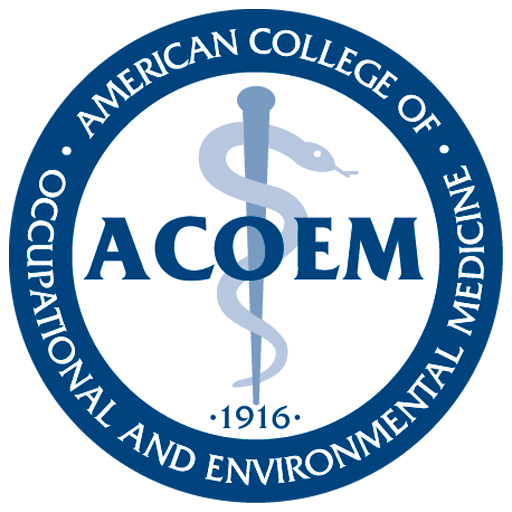
06: U.S. Work Laws and Regulation
Introduction
Numerous laws govern the safety and health of workers in the United States. Many agencies create and enforce worker safety and health regulations. Jurisdiction of these agencies and applicability of their regulations can be confusing. And, compliance can seem like an overwhelming task. This chapter provides a broad although not a comprehensive overview of factors employers should consider when developing a safety and health management system; it is not comprehensive.
Overview
Congress passed the Occupational Safety and Health Act of 1970 (OSH Act) to prevent workers from being killed or seriously harmed at work. This federal law governs and influences safety and health in the private sector and federal government. To further its objectives, the OSH Act created the Occupational Safety and Health Administration (OSHA) and the National Institute for Occupational Safety and Health (NIOSH).
NIOSH, a federal research agency, is part of the Centers for Disease Control and Prevention within the U.S. Department of Health and Human Services. It is not a regulatory agency but rather promotes productive workplaces through worker safety and health research. The NIOSH website is a good source of free, high-quality workplace safety and health resources (publications, training, data, statistics, journals, and guides). NIOSH resources can help employers and health care professionals meet and exceed OSHA requirements.
OSHA, a federal enforcement agency, is part of the U.S. Department of Labor, which sets and enforces protective workplace safety and health standards. OSHA also provides training, outreach, education, and compliance assistance. OSHA standards are rules designed to protect most private-sector and federal government employees. State and local government workers and sole proprietors are not covered by federal OSHA. To dispel a common misconception, small employers with 10 or fewer employees are still covered by OSHA. But, these employers are partially exempt from certain OSHA requirements, such as recordkeeping, and are typically not subject to programmed or targeted inspections.
OSHA standards require employers, among other things, to provide fall protection, prevent trenching cave-ins, prevent exposure to infectious diseases, ensure safety of workers in confined spaces, prevent exposure to harmful substances, put guards on machines, provide respirators and other safety equipment, and give training on workplace hazards. Medical screening and surveillance are required when employees are exposed to certain hazards such as noise, lead, silica, asbestos, and benzene. The appendices of certain OSHA regulations include screening and surveillance procedures and guidelines (mandatory and non-mandatory). In addition to keeping in mind OSHA requirements, primary care providers should consider potential workers’ compensation liabilities when developing medical screening and surveillance plans. ACOEM guidance documents can also help tailor appropriate, evidence-based protocols.
Employers must also comply with the General Duty Clause of the OSH Act. This clause requires employers to keep their workplaces free of serious recognized hazards. OSHA can cite the General Duty Clause—referred to as Section 5(a)(1)—when certain conditions exist and employees are exposed to a serious hazard, even if no specific OSHA standard applies to the hazard.
Violation of OSHA standards or the General Duty Clause can result in substantial monetary penalties. Violations can even result in criminal sanctions, including jail time for employers. Inspection histories, including copies of citations, are available to the public under the Freedom of Information Act (FOIA). Some employer-specific information is also available through OSHA’s Establishment Search webpage.
Exposure and Medical Records
OSHA requires employers to retain relevant worker medical and exposure records for the duration of employment plus 30 years. Employers cannot charge employees for access to these records; thus, it is a best practice is to digitize and archive them. Many employers and occupational medicine providers use HIPPA-compliant software to create, manage, and store electronic medical records. More information on access to employee exposure and medical records is available at 29 CFR 1910.1020.
Helpful Links
OSHA A-Z Index
OSHA Publications
OSHA Laws & Regulations
